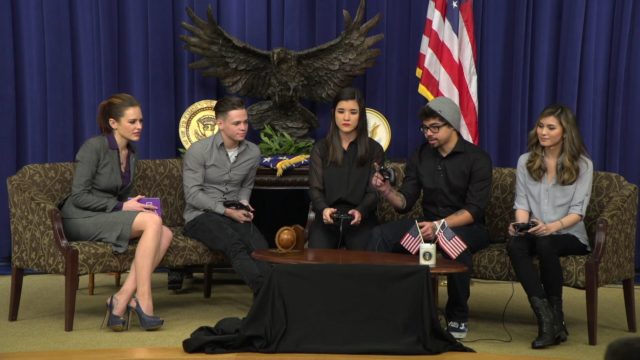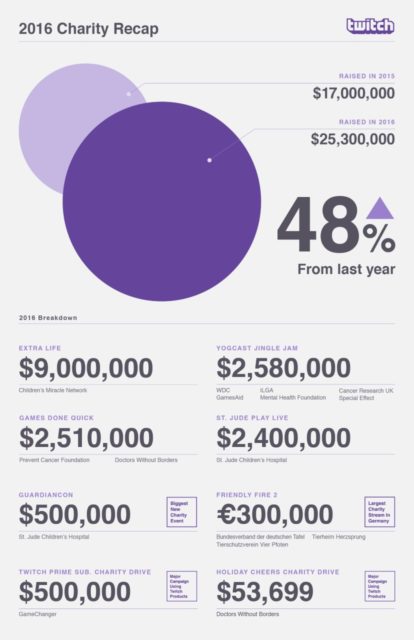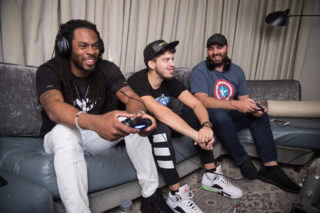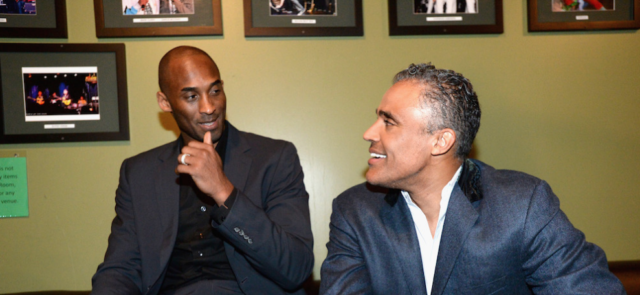Brands sure hear a lot about millennials and how this enormously influential consumer base drives marketing decisions. Insurance companies have found a unique approach to reaching this sought-after generation by sponsoring something they love—sports. Thirty-five percent of younger millennials say they like advertising during sports programming and tend to watch it, according to a study by The Center for the Digital Future at USC Annenberg and ThePostGame. In addition, 56 percent say they believe advertising gives them “useful information about products and services.”
State Farm
State Farm, a sponsor of the NBA since 2010, partnered with Yahoo Sports this basketball season to connect with hoops fans by engaging them through custom integrations in video, native and display ads and more across Yahoo Sports as part of its Right Combination campaign, featuring NBA stars such as Clippers guard Chris Paul. The campaign places special focus on sports site The Vertical with Woj and sponsors editorial coverage like the Front Office Insider column from Bobby Marks. In 2017, the State Farm campaign will also capitalize on special events on Yahoo Sports such as the NBA Draft in June. Clippers center DeAndre Jordan, Blazers star Damian Lillard and Paul star in a series of commercials that show how parallels between the court and the home don’t always add up to a good thing.
AllState
AllState kicked off the New Year in style with its 11th annual Fan Fest in New Orleans, celebrating college football with the masses. For the first time, Allstate Fan Fest was broadcast live on “Dick Clark’s New Year’s Rockin’ Eve with Ryan Seacrest 2017” but the real fun was had in person through live concerts, school pep rallies, marching bands and various family-friendly activities. The night culminated in a fleur-de-lis drop at midnight in Jackson Square.
The insurance brand is no stranger to athletic sponsorships and sports-themed advertising. AllState actively sponsors college football, college basketball and soccer worldwide. Sports analyst Kirk Herbstreit even starred in a number of humorous “apology” videos for a serious of fictional mishaps in 2012 related to the 60-seconds of Mayhem sweepstakes. The lovable rascal Mayhem, played by Dean Winters, got his own sports-themed commercial last fall.
Geico
To promote its eSports sponsorship, Geico produced a mockumentary-style series on YouTube about League of Legends team, SoloMid (TSM) and an obnoxious neighbor who can’t get enough of these young gamers’ attention. Aside from receiving a shipment of Geico swag in the first episode, the company doesn’t shove its branding down the throat of viewers. Rather, the adventures of TSM and Russell are stories as presented by the team, and we learn through the rather desperate eyes of Russell as he explores this new world of competitive gamers and becomes the butt of practical jokes.
Esurance
Online insurer Esurance currently has a multi-year partnership with MLB and last year produced two commercials starring three-time World Series champion Buster Posey and also was the presenting sponsor of the All-Star Game. It’s probably no coincidence that Esurance was founded in the San Fransciso Bay area and Posey is the Giants’ catcher. It’s this kind of homegrown loyalty that speaks to audiences on an emotional level, especially sports fans.
“The digital consumption for baseball surpasses any other sport offering right now,” Chris Lee, director of brand partnerships and social engagement at Esurance, told [a]listdaily. “They’re inspired to change the way people consume baseball, and we’re trying to do the same thing with auto insurance. We’re both trying to take an old process, and make it more modern.”
Allianz
Allianz and the Drone Racing League (DRL) announced a global multi-year partnership last week. The investment, retirement and life insurance company will now sponsor the Allianz World Championship 2017 series, consisting of six races to be aired in over 75 countries starting this June. The championship will feature the world’s top pilots as they race their drones at over 90 miles per hour through a series of 3D race courses.
“The pursuit of innovation and calculated risk taking are the reasons insurance was invented in the first place. Allianz is proud to be partnering with DRL, a true pioneer of today’s digital driven sports,” said Jean-Marc Pailhol, Allianz SE head of group market management and distribution in a statement. “Drones are already an important part of our business so we’re excited to align with DRL as they harness the latest technological advancements and re-imagine what racing in the 21st century looks like.”
Health Insurance Marketplace
Ahead of the December 15 enrollment deadline for health insurance, the US Government assembled a team of video game influencers to deliver the message. For the first time ever, our nation’s capitol held an eSports and gaming marathon—the White House Competitive Gaming Event—which was livestreamed on Twitch in a four-hour special event hosted by Twitch programming manager and streamer, Anna Prosser Robinson.
“Gamers definitely live a more sedentary life, but it’s important to realize that anything can happen at any moment,” Twitch streamer, Angela Parker (ThatChickParker) told [a]listdaily at the event. “One unfortunate incident could put you in debt for the rest of your life. Right now, we think we’re invincible, but we need to think about the long term.”







